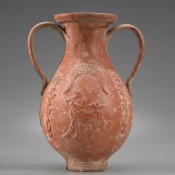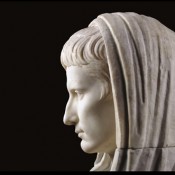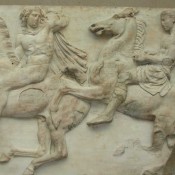The Netherlands Institute at Athens and the Belgian School of Athens launch a new lecture series: “Greek Iconographies”.
Images have something to say about the culture to which they belong. Images also share stories between cultures, periods, and times. Given the importance of the use of images for their meaning, do we sufficiently consider context in our iconographic studies? Does the medium matter – does it make any difference whether images are carved in stone, engraved in coins or seals, painted on walls or drawn on vases? Have the students of the iconography of sculpture, frescoes and ceramics drifted apart, and could they perhaps learn something from each other? These frescoes and ceramics drifted apart, and could they perhaps learn something from each other?
These tensions between medium, message and scholarship are central in this series of seminars. Greek Iconographies aims to establish a dialogue by hosting specialists from different periods and regions of the Greek and Roman world.
The organizing committee of the seminar series announces lectures by Olga Palagia (sculpture and paintings), Dimitris Paleothodoros (ceramics), Eric Moormann (wall painting), Jim Wright (Mycenaean imagery) and Anne Chapin (Minoan imagery).
In Greek Iconographies 2015, the first three lectures consider context and agency in the Greco-Roman world. The last two focus on Aegean protohistory, where the image has to do without the “text”, so prominently present in the historical periods.
On Tuesday, January 27, Professor Dr Olga Palagia (National and Capodistrian University of Athens) will address the topic “Visualising gods in Macedonia, from Philip II to Perseus”. The lecture will be given in the library of NIA at 6.00 p.m.




